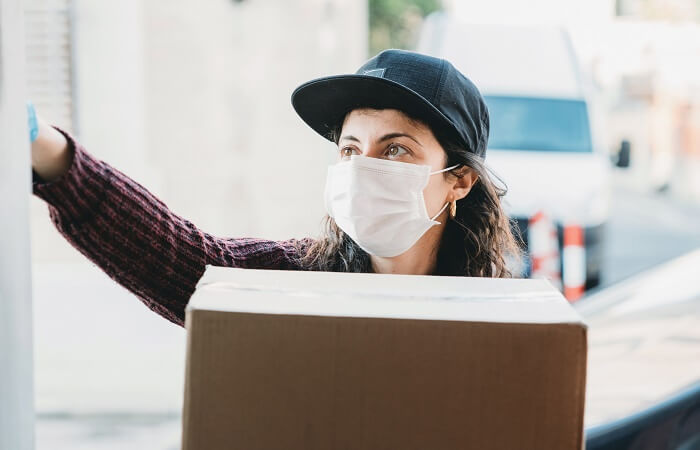Unequal Response: Insights from State Guidelines
State response to the pandemic has created separate workplace safety guidelines.
State response to the pandemic has created separate workplace safety guidelines.

In examining workplace safety guidelines state-by-state over the last few months, a wide variance emerges in the specificity, clarity and direction that each state created in response to the COVID-19 pandemic.
I offer the following story of two personal experiences in different states based on state guidance for a trip to the salon. My mother-in-law is a retired physician who regularly treats herself to manicures and pedicures. After not being able to see her manicurist for months during the lockdown, she was very excited to return to her regular routine. Armed with her mask, she arrived for her appointment only to find her manicurist equipped with only a face shield. According to the CDC, face shields provide protection to the facial area, but are not meant as protection for respiratory function. My mother-in-law reminded the manicurist of this, who, after some back and forth about the efficacy of each, put a mask on in addition to the shield.
Compare this to my own experience at a salon in a different state, where following state-specific actions, my stylist had masks and hand sanitizer available outside of the door that I was required to use. Customers were required to wait outside until she put her mask on and sanitized as well. She said that “I have a list of at least 30 different actions provided by the state that I need to implement so I can be open, down to whether or not I can use a blow-dryer.”
These two examples demonstrate how important state guidelines are as businesses look at how to operate safely during the pandemic. In two different states, in the same occupation category, there were two very different approaches to safety, tied directly to the guidelines they received from their respective states.
A new NSC State of Response report reveals that many states did not go far enough to protect residents from the century’s biggest threat to safety. Despite COVID-19 claiming more lives than unintentional drug overdoses, motor vehicle crashes and falls combined, the report uncovers an inconsistent approach that has jeopardized safety due to the pandemic’s impacts on issues such as substance use and misuse, traffic and workplace safety.
What NSC found was not surprising to me, as I was able to experience the pandemic response in three separate states as my family sought support for childcare from our incredible families. The response state by state has been very uneven and inconsistent. The ability to get a test, as well as the wait time for a test result, what safety measures employers implemented, and the guidelines provided/required for the general public were all vastly different. The federal government has not implemented a coordinated strategy; states have largely been left to create their own path. Unfortunately, they haven’t always ensured that path prioritizes safety.
This is why NSC undertook this project, to create a snapshot in time of state guidelines as well as actions around testing, contact tracing, mental health, substance use and transportation, in order to provide feedback and recommendations for improvement.
Hopefully, this report will provide guidance on a renewed mission of safety first with some great examples we can use to inform our ongoing response to the pandemic. Employers should have clear guidance on what their employees need to do to stay safe at work, on how to keep their customers safe, and what to do if they have a positive COVID-19 case. Citizens also deserve to know that their state is doing everything it can to keep them safe. Together, we can save lives not only during the pandemic, but as we recover for the long-term.
With a century-long legacy, the National Safety Council is a global center for safety expertise. Let's work together to align resources. We look forward to learning about ways we can join efforts to expand safety everywhere!
There are no items in your cart